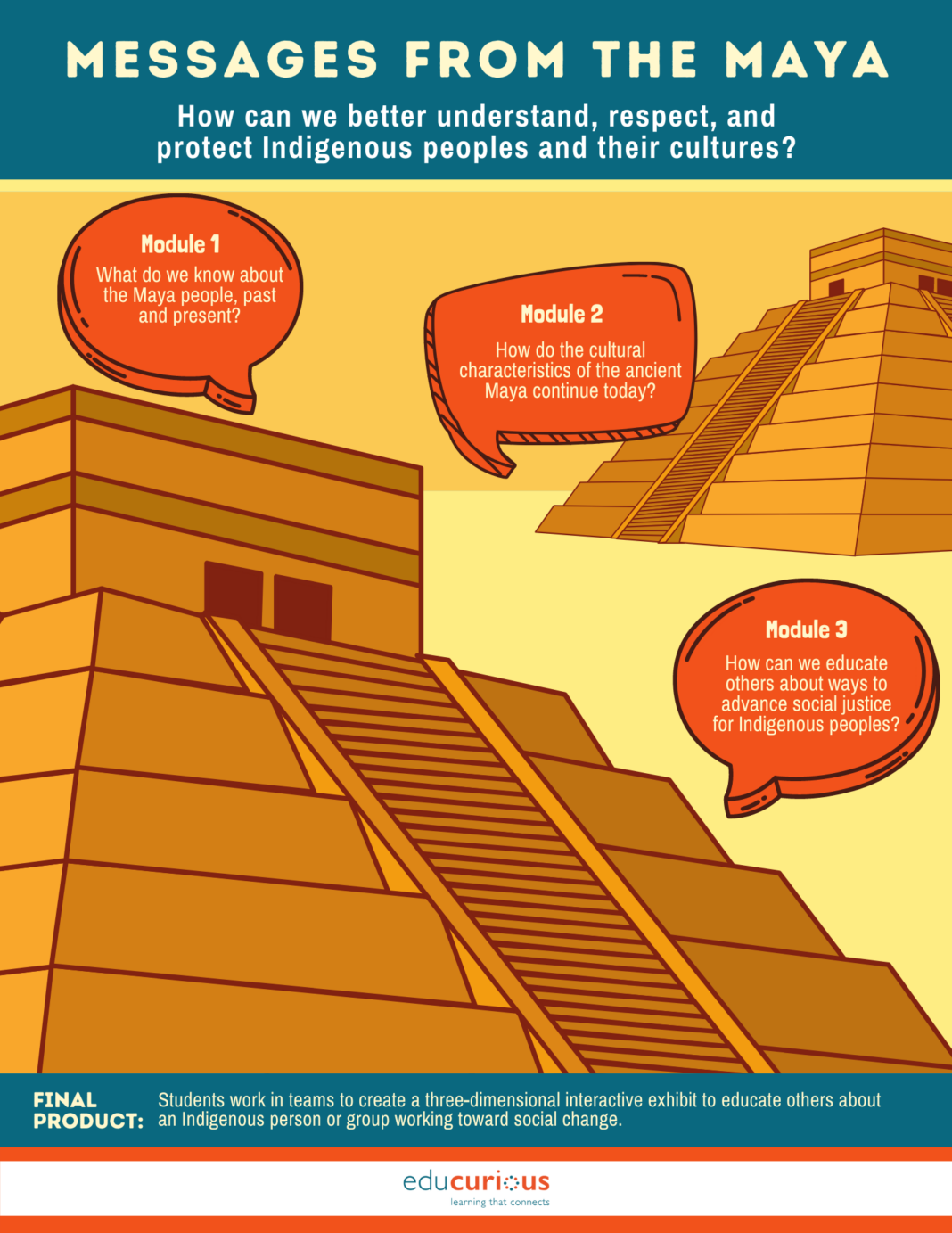Embark on an unforgettable journey through the marvels of the Mayan civilization with our comprehensive guide. Discover the rich history and culture of the Mayans as we delve into key historical sites, the best times to visit, and essential travel tips for a safe and enjoyable exploration. Learn about cultural etiquette, must-see artifacts, and the unique traditions of Mayan cuisine. We also highlight recommended guides and tours to enhance your experience, along with sustainable tourism practices to preserve these ancient wonders for future generations. Let this guide be your gateway to understanding and appreciating the incredible legacy of the Mayan civilization.
Embark on a detailed exploration of this topic with ritarblog.com
1. Understanding the Mayan Civilization
The Mayan civilization, one of the most sophisticated and enigmatic cultures of the ancient world, thrived in the regions now known as Mexico, Guatemala, Belize, Honduras, and El Salvador. Flourishing from around 2000 BCE to the 16th century CE, the Mayans made significant advancements in various fields, including mathematics, astronomy, architecture, and written language. Their impressive achievements in constructing grand pyramids, intricate stone carvings, and detailed hieroglyphics are a testament to their ingenuity and artistic prowess.
Central to Mayan society were the city-states, each ruled by a king and functioning independently. The Mayans developed a complex calendar system, with the Long Count calendar being particularly notable for its accuracy and the prophecy it inspired. Religion played a crucial role in daily life, with a pantheon of gods linked to natural elements and celestial bodies. Rituals, ceremonies, and sacrifices were conducted to appease these deities and ensure cosmic balance.
The collapse of the Mayan civilization remains a subject of scholarly debate, with theories ranging from environmental degradation and prolonged droughts to internal conflict and external invasions. Despite their decline, the Mayan legacy endures through their descendants and the remnants of their monumental architecture and art. Understanding the Mayan civilization offers invaluable insights into their remarkable culture, innovations, and enduring influence on the region.
2. Key Historical Sites to Visit
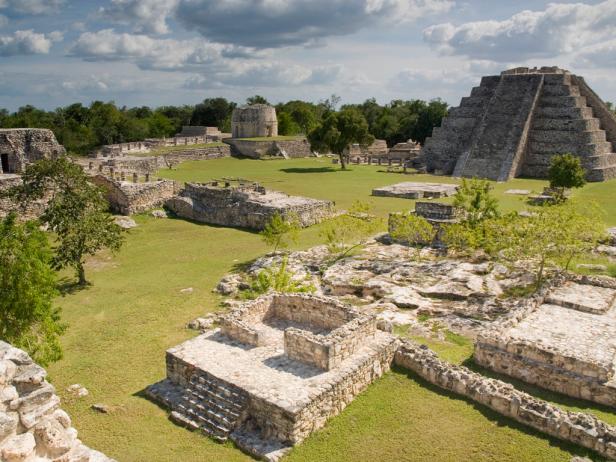
Exploring the key historical sites of the Mayan civilization offers a captivating glimpse into their architectural and cultural achievements. One of the most renowned sites is Chichen Itza in Mexico, home to the iconic El Castillo pyramid and the Great Ball Court. This UNESCO World Heritage site showcases the Mayans’ advanced engineering and astronomical knowledge.
Tikal in Guatemala is another must-visit location, featuring towering temples and palaces amidst dense jungle. As one of the largest archaeological sites in the Americas, Tikal provides a fascinating look into Mayan urban life and ceremonial practices.
In Belize, the ancient city of Caracol stands out with its massive Caana pyramid, while Copán in Honduras is celebrated for its intricately carved stelae and impressive hieroglyphic staircase. Uxmal in Mexico’s Yucatán Peninsula, with its well-preserved Pyramid of the Magician, offers insights into the Puuc architectural style.
Each of these historical sites provides unique perspectives on the grandeur and complexity of the Mayan civilization, making them essential destinations for anyone seeking to understand and appreciate this ancient culture.
3. Best Times to Explore Mayan Ruins
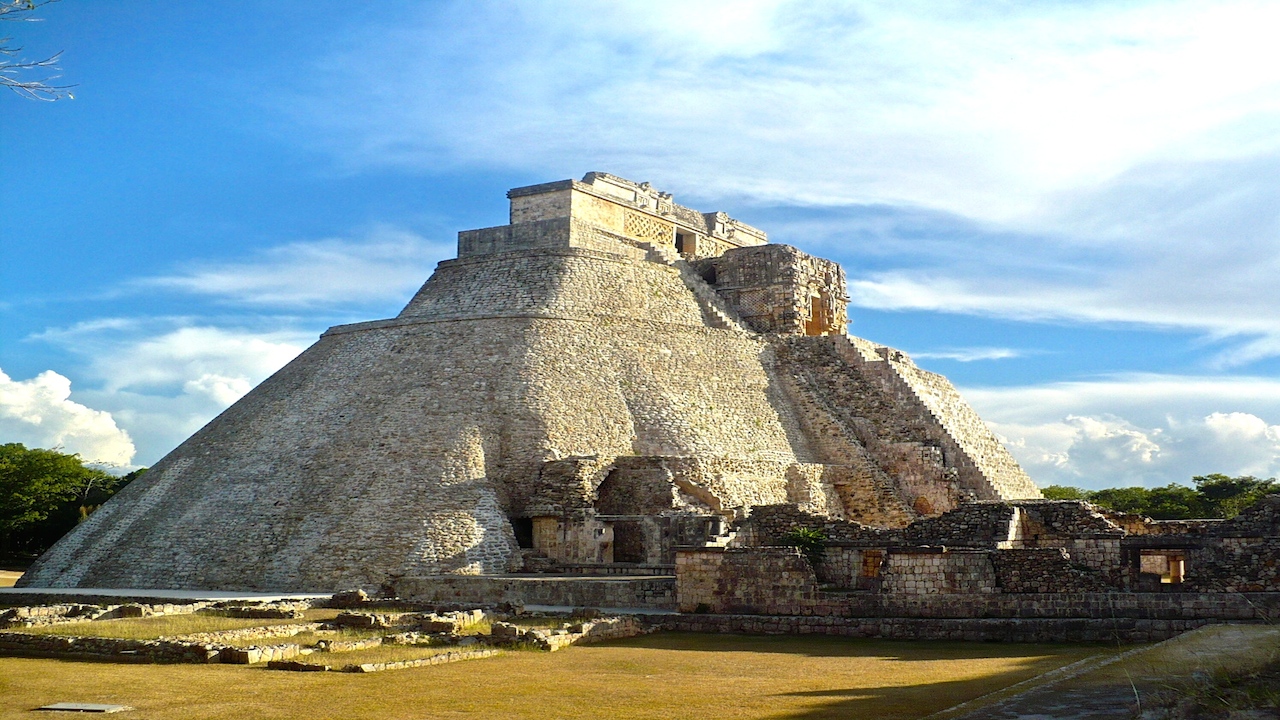
The best times to explore Mayan ruins are during the dry season, typically from November to April. This period offers the most pleasant weather, with lower humidity and minimal rainfall, ensuring comfortable and accessible site visits. December and January are particularly popular months due to the festive holiday atmosphere, although they can also be the busiest times.
For those seeking a quieter experience, visiting during the shoulder months of November and April can provide a balance between favorable weather and fewer crowds. It’s essential to consider the specific climate of each region, as some areas may have microclimates that slightly differ from the general pattern.
Early morning visits are recommended to avoid the midday heat and to enjoy the serene ambiance of these ancient sites. Additionally, some ruins, like Chichen Itza, offer special events during equinoxes and solstices, providing a unique opportunity to witness the astronomical alignments that were significant to the Mayans. Planning your trip around these times can enhance your exploration experience.
4. Essential Travel Tips and Safety Precautions
When visiting Mayan ruins, it’s crucial to plan ahead and prioritize safety to ensure a smooth and enjoyable experience. Start by wearing comfortable clothing and sturdy footwear suitable for walking on uneven terrain and climbing steep steps. The tropical climate can be hot and humid, so lightweight, breathable fabrics are recommended.
Hydration is key—carry plenty of water, especially if you plan on spending extended periods exploring the sites. Sunscreen, hats, and sunglasses are essential to protect against the intense sun. Bug repellent is also advisable to guard against insects, particularly in jungle areas like Tikal.
Respecting the historical and cultural significance of these sites is paramount. Follow all posted guidelines, refrain from touching or climbing on the ruins unless permitted, and be mindful of the environment by not leaving any trash behind.
Hiring a knowledgeable local guide can greatly enhance your visit, providing insights into the history and significance of the ruins. Stay aware of your surroundings and keep your belongings secure to avoid petty theft. Lastly, check for any travel advisories or health recommendations related to the region before your trip, ensuring you’re well-prepared for a safe and enriching journey through the wonders of the Mayan civilization.
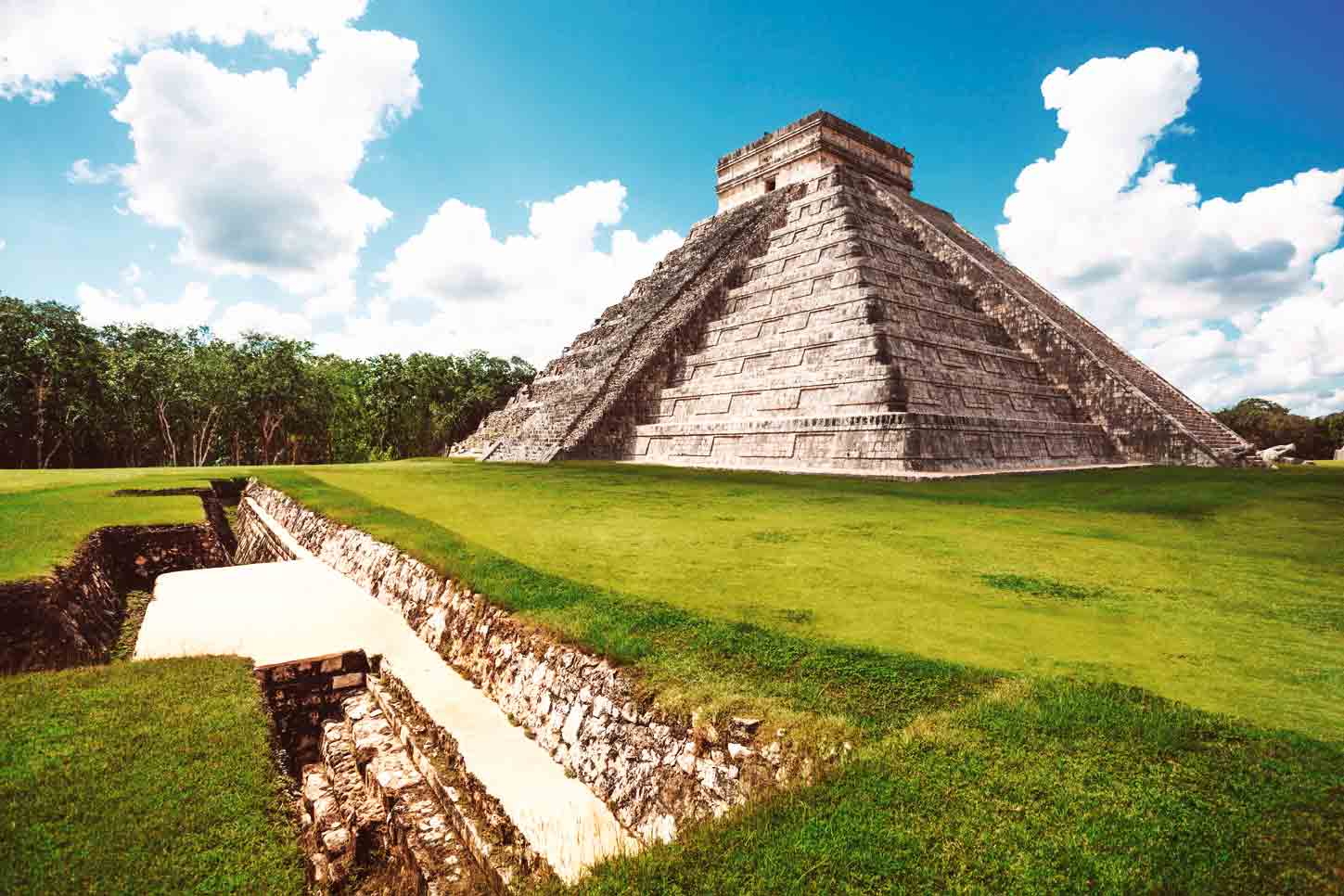
5. Cultural Etiquette and Respectful Practices
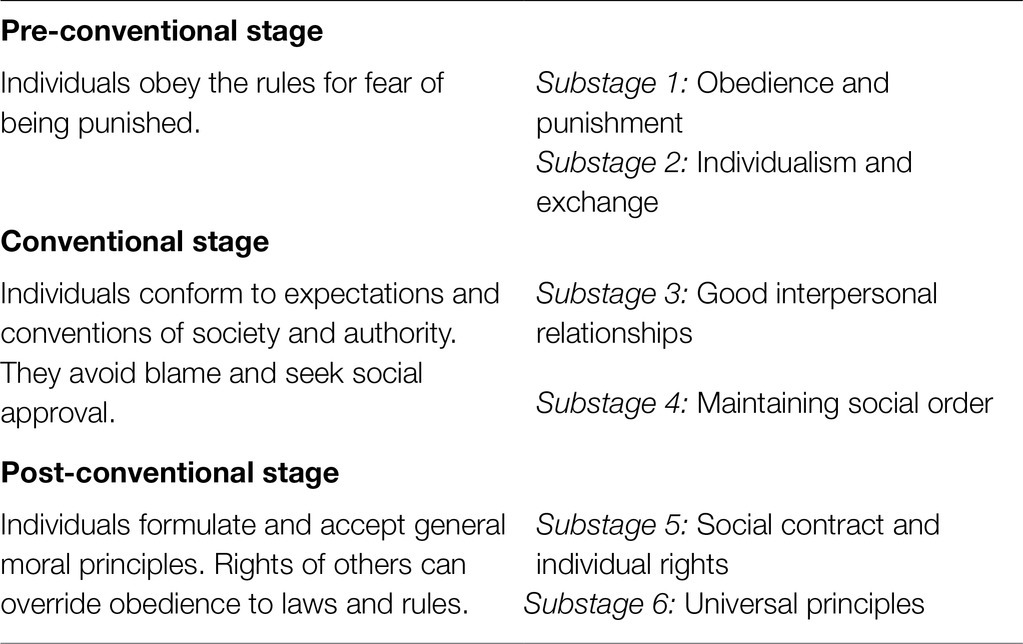
When visiting Mayan ruins, it’s essential to observe cultural etiquette and respectful practices to honor the heritage and traditions of the Mayan people. Start by acknowledging the sacred nature of these sites, many of which are still considered spiritually significant to descendants of the Mayans. Show respect by maintaining a quiet and contemplative demeanor, particularly in areas used for rituals or ceremonies.
Photography is generally allowed, but always check for any restrictions. Avoid using flash in sensitive areas to preserve delicate carvings and frescoes. When interacting with locals, a polite and courteous attitude goes a long way. Learn a few basic phrases in Spanish or the local Mayan language to show respect and appreciation for the culture.
Dress modestly, especially if visiting active religious sites or local communities. Revealing clothing can be seen as disrespectful. Be mindful of your environmental impact by sticking to marked paths and not disturbing wildlife or plant life.
Support the local economy by purchasing crafts and souvenirs from local artisans, ensuring fair trade practices. Engaging with the community in a respectful and thoughtful manner enhances your experience and helps preserve the rich cultural legacy of the Mayan civilization for future generations.
6. Must-See Mayan Artifacts and Exhibits
Exploring Mayan artifacts and exhibits provides a deeper understanding of their rich cultural heritage and artistic achievements. Begin with the jade masks and intricate pottery, which showcase the Mayans’ exceptional craftsmanship. These artifacts often depict gods, mythical creatures, and important historical events, offering insights into their religious beliefs and daily life.
Stelae, or stone monuments, are must-see items, featuring detailed carvings of rulers and glyphs that record significant events and dates. The hieroglyphic staircase at Copán is particularly noteworthy, providing a comprehensive history of the city’s rulers.
Codices, or ancient books, are rare but invaluable resources that reveal the Mayans’ advanced knowledge of astronomy, mathematics, and mythology. While most original codices were destroyed, replicas and fragments can be found in various museums.
Visiting museums such as the National Museum of Anthropology in Mexico City or the Museo Popol Vuh in Guatemala City allows you to see these artifacts up close. Additionally, site museums at places like Tikal and Chichen Itza provide context and history directly linked to the ruins, enhancing your overall exploration of the Mayan civilization.
7. Exploring Mayan Cuisine and Traditions
Exploring Mayan cuisine and traditions offers a delightful journey into the heart of their cultural heritage. Traditional Mayan food is characterized by its use of maize, beans, and squash, often referred to as the “Three Sisters” of Mayan agriculture. Corn tortillas, tamales, and atole, a maize-based drink, are staples that have been enjoyed for centuries.
One must-try dish is cochinita pibil, a slow-roasted pork marinated in achiote paste and wrapped in banana leaves, reflecting the Mayans’ skillful use of local ingredients and cooking techniques. Another popular item is sopa de lima, a refreshing chicken soup flavored with lime, showcasing the Mayans’ appreciation for vibrant, zesty flavors.
Mayan traditions are deeply rooted in their calendar and agricultural cycles. Participating in local festivals, such as the Hanal Pixan (Day of the Dead) in the Yucatán Peninsula, offers a glimpse into their ceremonial practices and communal spirit.
Handmade crafts, such as woven textiles and pottery, provide insights into the Mayans’ artistic traditions and daily life. Engaging with these aspects of Mayan culture enriches your understanding and appreciation of their enduring legacy.
8. Recommended Guides and Tours
Choosing the right guides and tours can greatly enhance your exploration of Mayan ruins, offering valuable insights and ensuring a richer experience. When visiting iconic sites like Chichen Itza, consider booking a guided tour to fully appreciate the historical significance and architectural marvels of El Castillo and other structures. Expert guides can provide detailed explanations about the astronomical alignments and ceremonial practices associated with the site.
For a comprehensive experience at Tikal, local guides are highly recommended. Their knowledge of the site’s history and wildlife enriches the visit, revealing hidden temples and offering a deeper understanding of Mayan civilization. Tours often include early morning visits to avoid crowds and enjoy the serene jungle environment.
In Belize, the guides at Caracol provide fascinating insights into the ancient city’s layout and cultural context. Similarly, Copán’s guided tours highlight the intricacies of the hieroglyphic staircase and stelae.
When exploring Uxmal, consider a tour that includes information on the Puuc architectural style and the site’s role in Mayan society. Many tours offer transportation, allowing you to relax and focus on the experience rather than logistics.
Booking tours with reputable companies ensures knowledgeable guides and supports local economies. Look for reviews and recommendations to select the best tours that align with your interests and travel style, enhancing your journey through the remarkable legacy of the Mayan civilization.
9. Sustainable Tourism Practices
Sustainable tourism practices are crucial for preserving the rich cultural and natural heritage of Mayan ruins. To minimize your environmental impact, adhere to the principle of “Leave No Trace” by sticking to marked paths and avoiding contact with the ruins and surrounding wildlife. Respecting site regulations helps prevent erosion and damage to delicate structures.
Support local economies by purchasing crafts and goods from local artisans rather than mass-produced souvenirs. This approach ensures that your contributions benefit the communities directly involved in preserving their cultural heritage.
Opt for eco-friendly tours that prioritize sustainable practices, such as those using renewable energy sources or minimizing waste. Many guides and tour operators are committed to environmental stewardship and can offer insights into how they contribute to conservation efforts.
Participate in conservation programs or initiatives that support the protection and restoration of Mayan sites. Volunteering or donating to local organizations helps maintain the integrity of these historical treasures for future generations.
Lastly, educate yourself about the cultural significance of the sites and practice respectful behavior, including adhering to local customs and guidelines. By adopting these sustainable practices, you contribute to the preservation of the Mayan legacy and the ongoing enjoyment of these incredible sites by future visitors.
Exploring the Mayan civilization reveals a fascinating blend of history, culture, and natural beauty. By visiting key sites, understanding local traditions, and practicing sustainable tourism, you contribute to preserving this remarkable heritage. Whether admiring ancient ruins or savoring traditional cuisine, your journey through the Mayan world will be both enlightening and rewarding, honoring their lasting legacy.
ritarblog.com
ritarblog.com

